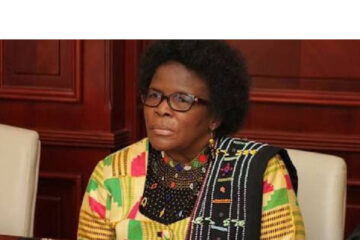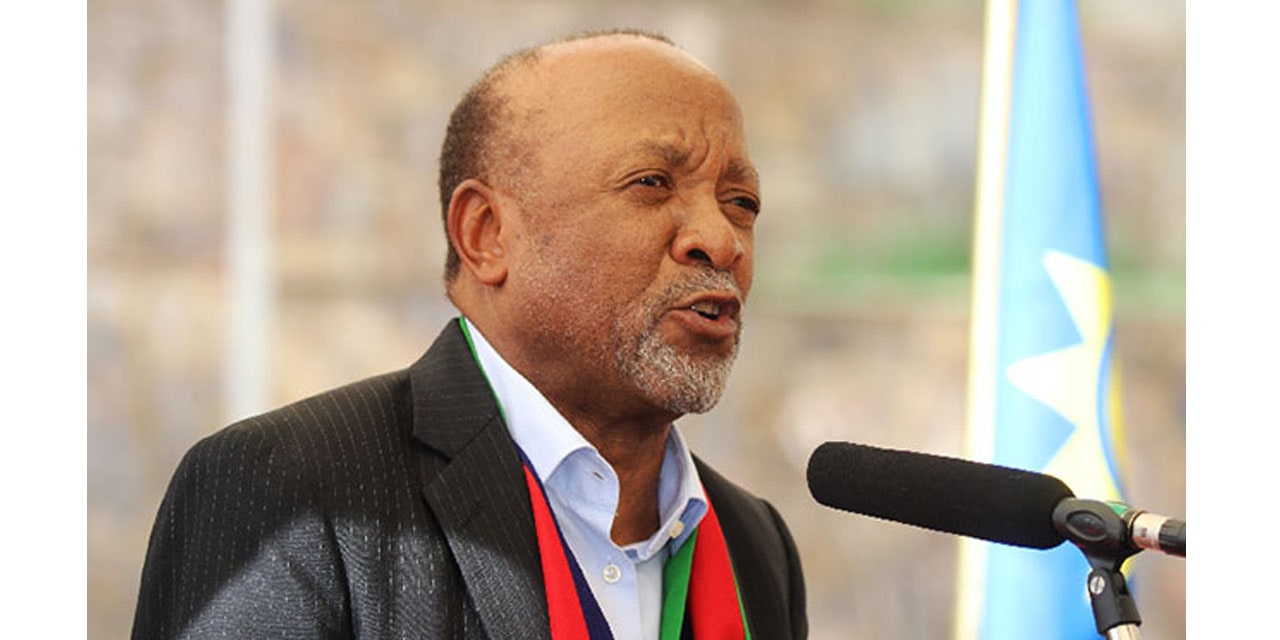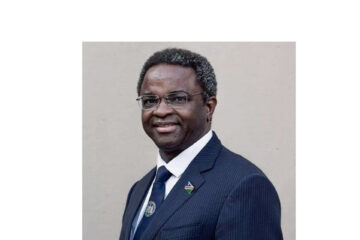…public brands of Namibia, must reflect who we are now
Forget about what was really meant by two men enjoying white privilege during apartheid in Namibia, by their construction of a hangman’s noose in Henties Bay in 1978. The convoluted context offered as the supposed reason which the gallows was erected 42 years ago is irrelevant to the 2020 perception of it.
A small gallows on a public beach in Namibia is no longer perceived as an ‘innocent joke’ or a ‘harmless gesture.’ Only those who never face the possibility of extrajudicial torture or murder at the hands of angry white people would say such a thing (consider the man killed just now in Otjiwarongo). A noose is seen by many as a symbol of death. It would require extensive justification to be ‘understood’ in another context. A picture is worth 1000 words.
Namibians must decide if that hangman’s noose should be on public display to our foreign and domestic tourists, potential foreign investors and our young impressionable learners.
The matter can be solved easily. If the noose is on state land, then the government must remove it immediately under its own laws. If not, the owner of the land must be named and held accountable. If the local community wishes to finance and build, on private land, a museum to house the gallows that is their choice.
Recall the correct outrage five years ago when a local German newspaper and an entire community cheerfully praised white participants in a cultural festival wearing costumes of the white supremacist Klu Klux Klan. An apology was given, but for the incident to happen at all, speaks to something deep-rooted and ugly.
Time alters the meaning of symbols. What many see now as a hood of violent white racists, is known in another part of the world as a capirote. It is worn in certain Easter cultural festivals in Spain. The KKK probably enacted cultural appropriation long ago and destroyed that symbol’s original meaning. Whether people agree with it or not, circumstances have overtaken the history. It is the symbol’s meaning today that matters.
Consider the swastika. In the ancient Indian language of Sanskrit, swastika means “well-being”. The symbol has been used by Hindus, Abyssinians, Buddhists and Jains for millennia.
Contemporary history has overtaken Sanskrit. The swastika now means concentration camps, genocide, Aryan supremacist delusions, suffering, war, and destruction. Use of that symbol is against the law in most places and rightfully so. The symbol now, in 2020 has a far different connotation than it did 2000 years ago. The interpretation of symbols changes as more facts are learned, cultural myths are debunked and people’s priorities change.
Namibia’s contemporary reality has overtaken things like the Rieterdenkmal or a gallows supposedly about littering. The country as it is today must define itself democratically, not on the basis of something done by two individuals 42 years ago. Why should their construct define what imagery of Namibia is shared on social media in 2020?
Let the Tourism Board and the tourism private sector use photographs of that gallows in national tourism marketing as an icon of travel to Namibia. Alongside our cultural dancers, beautiful local people, endangered rhinos, elephants, World Heritage Sites, vast landscapes, tremendous dunes, modern Windhoek skyline, and comfortable hotel bedrooms, let us include shots of the Henties Bay gallows. Let us try to sell that image to those booking tours to Namibia and see how far we get.
Will it help the recovery of the tourism industry to show our unique way of threatening litterbugs (that ‘reason’ for the noose is incredulous) to travellers from the USA, UK, Germany, France and Italy right now? What if the ‘noose’ photos go wildly viral and people who know nothing about us seize the debate?
On Monday, in Bristol in England, a statue of a slave trader who was also a large contributor to the city in the past was thrown into the harbour. Statues of men who fought to keep slaves in the US are being moved. Cecil Rhodes statues are being defaced and removed. Namibia got rid of the public display of the Reiterdenkmal. In the current highly-charged atmosphere worldwide against white supremacy and capital punishment, two white men building a gallows during apartheid days in Namibia might not be perceived as a good joke. We wonder what Responsible Traveller, Conde Nast Traveller, Getaways Magazine or worldwide travel bloggers will make of our Namibian Noose.
Times have changed. Long lost meanings of a noose built 40 years ago on a beach are unimportant in today’s world. It is 21st century perceptions about nooses built in a Black African country by white people that will hold sway. This is a part of the new normal.
We should quickly think, consult and then act responsibly on this matter.



